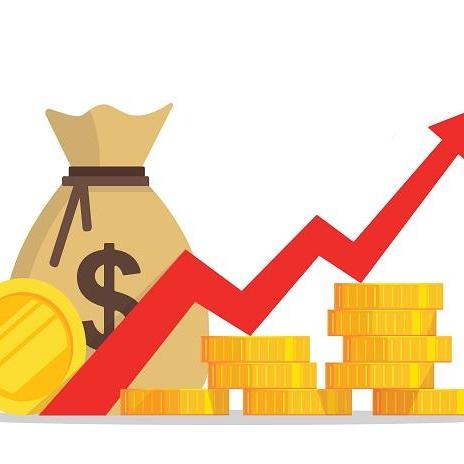WHAT IS REVENUE EXPENDITURE OF THE GOVERNMENT

Revenue Expenditure Of The Government
Those expenditures of the government that do not lead to the creation of fixed assets are called revenue expenditures. The government spends money under various accounting heads, such as paying interest on loans, salaries and pensions, subsidies, spends on different ministries and departments, etc. Grants made to state governments and other parties are also treated as revenue expenditures, even though these might be used for the creation of fixed assets.
Budget Estimates (BE) for 2018-19 pegged the Indian government’s revenue expenditure to have grown 10.2 per cent over the Revised Estimates (RE) for 2017-18. That was a big drop from over 15 per cent growth in the preceding year.
The Union government had cut its total expenditure by about Rs 1.45 trillion over its revised estimates for 2018-19. Of this, Rs 13,000 crore was cut on account of capital expenditure and Rs 1.32 trillion under revenue expenditure.
The bulk of the expenditure compression was achieved through off-Budget borrowing. The burden of such borrowing fell on many public sector undertakings (PSU), such as Food Corporation of India (FCI), Housing and Urban Development Corporation, National Housing Bank and Rural Electrification Corporation.
Even though there is no official confirmation of such borrowing, the figures put out by the Controller General of Accounts (CGA) revealed it all. For instance, the CGA’s 2018-19 figures showed how the food subsidy bill came down by a whopping 40 per cent over Rs 1.71 trillion mentioned in the revised estimates.
RELATED BUDGET TERMS
REVENUE EXPENDITURE OF GOVERNMENT NEWS
-
 Divergence in revenue estimates due to early Budget or lack of discipline?
Divergence in revenue estimates due to early Budget or lack of discipline?
Provisional actuals of the Budget for 2020-21 have once again varied sharply from the revised estimates. The variation provides ...| June 03, 2021, Thursday -
Budget 2021: It's business as usual

There are several welcome standalone reforms but these do not add up to a coherent strategy to achieve a $5 trillion economy| February 02, 2021, Tuesday -
 Revenue expenditure to decline 8.6% in FY22, show Budget documents
Revenue expenditure to decline 8.6% in FY22, show Budget documents
Small savings, which will chip in a record Rs 4.8 trillion, breathe life into stimulus| February 02, 2021, Tuesday -
 Budget share of capital expenditure highest in decade, aims for investments
Budget share of capital expenditure highest in decade, aims for investments
Public spending push is expected to help push growth after pandemic slowdown in investments| February 01, 2021, Monday -
Budgetary over-reach: There is a price for trying to do too much in Budgets

The larger economy suffers more than the central govt, as New Delhi is allowed to get away with behaving arbitrarily and then ...| January 24, 2020, Friday -
A real Budget, please: This one has to confront severe resource restraints

In Budget 2020 speech, the FM should state how she intends to return to the 7% track, and the hard decisions she will take to ...| December 27, 2019, Friday -
 Team Sitharaman: Meet the men who are helping FM prepare Budget 2020
Team Sitharaman: Meet the men who are helping FM prepare Budget 2020
With economic growth at its lowest in over six years, and a long-lasting slowdown affecting demand and consumption, the FM and ...| December 18, 2019, Wednesday -
 'Minimum Government' pledge takes back seat as staff compensation soars
'Minimum Government' pledge takes back seat as staff compensation soars
Pensions and salaries took away more than a fourth of government's revenue spend in 2017-18 and 2018-19| February 06, 2019, Wednesday -
 Pace of revenue expenditure slows as fiscal deficit target looms
Pace of revenue expenditure slows as fiscal deficit target looms
Finance Minister Arun Jaitley has said the fiscal deficit target of 3.3 per cent of gross domestic product (GDP) will be met ...| January 03, 2019, Thursday -
 States' expenditure rise 15% annually since 2011, says study
States' expenditure rise 15% annually since 2011, says study
The findings by PRS Legislative Research shows the overall expenditure of all states has soared from Rs 12.47 trillion in 2011-12 ...| December 28, 2018, Friday






